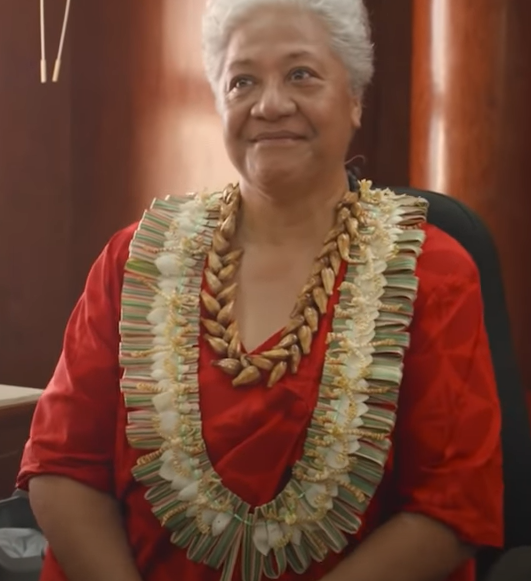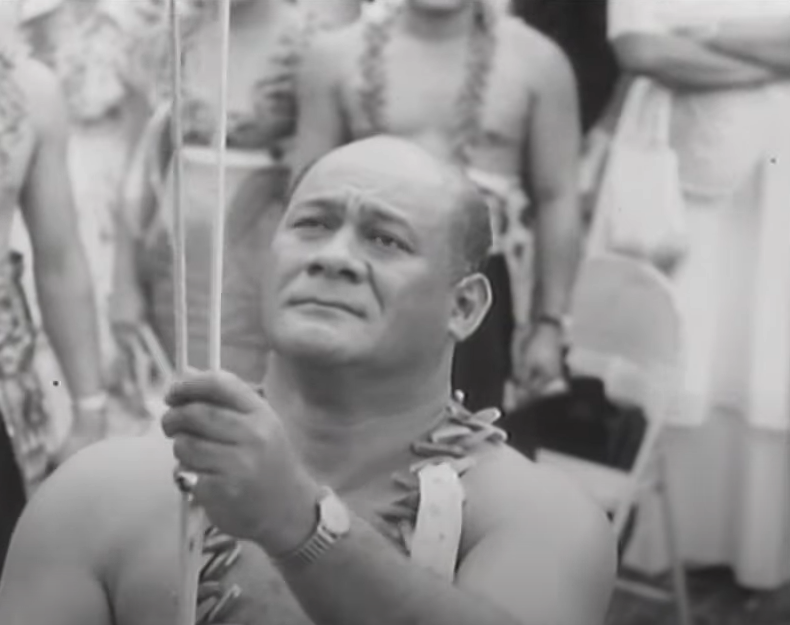This year, we celebrate 61 years of Independent Samoa. Taking a look back into the history of Samoa’s journey towards independence and the events that unfolded:
Prior to 1962, Samoa had experienced a complex colonial history. In the 19th century, the islands were divided between Germany and the United States. However, following World War I, a League of Nations mandate granted New Zealand administrative control over Western Samoa, while the United States retained Eastern Samoa, now known as American Samoa (Tutuila).
As the mid-20th century approached, a strong sense of national identity and aspirations for self-governance began to take root among the Samoan people. Educated Samoans who had traveled abroad and experienced the winds of change sweeping through other colonized nations returned home with newfound ideas of independence.
One of the key drivers of Samoa’s independence movement was the Mau movement, led by prominent figures such as Olaf Frederick Nelson and Ta’isi O. F. Nelson. The Mau movement, meaning “opposition” or “protest” in Samoan, emerged as a nonviolent civil resistance movement against New Zealand’s colonial rule.
The Mau participants staged peaceful protests, organized boycotts, and engaged in acts of civil disobedience to assert Samoan autonomy. However, the movement faced suppression and repression from the New Zealand authorities, with leaders imprisoned and demonstrations often met with violence.
The Mau movement’s relentless efforts caught the attention of the international community, leading to increased pressure on New Zealand to address the demand for Samoan independence. In 1946, the issue was taken to the United Nations, and in 1947, Samoa was placed on the UN’s list of Non-Self-Governing Territories.
The groundwork for independence was laid through a series of negotiations and constitutional reforms. In 1961, the Samoa Act was passed, granting the Samoan people self-government. The following year, on January 1, 1962, Western Samoa officially became the first Pacific island nation to gain independence in the post-World War II era.
Samoa’s independence in 1962 marked a significant turning point in the nation’s history. It symbolized the triumph of the Samoan people’s determination and their aspirations for self-rule. The achievement of independence not only brought political autonomy but also facilitated the preservation and promotion of Samoan culture, language, and traditions.
Today, the commemoration of Samoa’s independence on June 1 each year stands as a testament to the Samoan people’s resilience, their unwavering spirit, and the continuous pursuit of progress in the face of challenges.

This year also marks her 2nd year as the Prime Minister of Samoa, the Honorable Mataafa Fiame Naomi, the daughter of the late first Prime Minister of Samoa, Mataafa Fiame.





